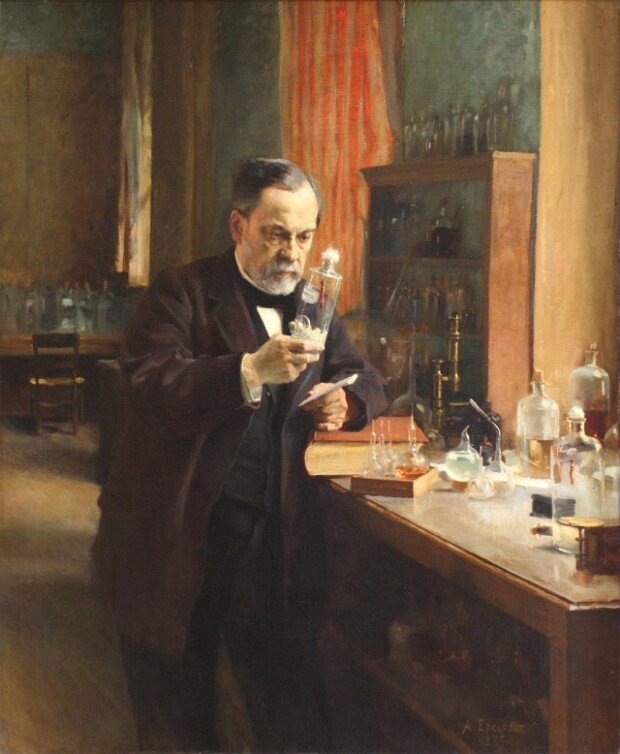A portrait that became a prophecy
A portrait that became a prophecy
Posted February. 18, 2021 07:30,
Updated February. 18, 2021 07:30

The highlight of the 1886 exhibition at the Paris Salon was not a painter but a scientist. It was French biologist Louis Pasteur (1822-1895). Three painters submitted Pasteur’s portraits to the exhibition. Among them, Albert Edelfelt’s piece was praised by critics and the public. The French government even awarded the Finnish painter the Legion of Honour, the highest French order of merit. Why was Pasteur’s portrait so popular and enjoyed such high honor?
Like many Nordic painters in the 19th century, Edelfelt came to Paris to study art at the age of 20. Although he was recognized at an early age at salon exhibitions for his realistic paintings with excellent observation and detailed description, it was not easy for him to out-rival French painters. It was his Pasteur portrait that brought him his fame after 11 years of obscurity. Pasteur, who was 64 at that time, was one of France’s most famous scientists and praised as a life-saving hero thanks to his development of a vaccine for rabies in 1885 following vaccines for chicken cholera and anthrax. Although the first smallpox vaccine was introduced by British physician Edward Jenner in 1796, it was Pasteur who made a breakthrough in immunology. Inspired by Jenner’s finding that cowpox protected against smallpox, Pasteur developed a rabies vaccine using rabbits. In the portrait, Pasteur is in a lab full of modern laboratory equipment. He is holding a notebook in one hand and a glass in the other, carefully observing the inside. Inside the glass is the spinal cord of a rabbit infected with rabies. The painter depicted him as the epitome of a poised scientist immersed in research.
In fact, the portrait was drawn in the spring of 1885, when the research on a rabies vaccine was still underway. In other words, it is not a painting celebrating a brilliant achievement but a painting that wished a success. It is said if you desperately want something, the universe conspires to make it happen. Pasteur succeeded in the first clinical trial of his rabies vaccine. It is only natural that the painting received so much praise after it was displayed because it was a prophecy.







